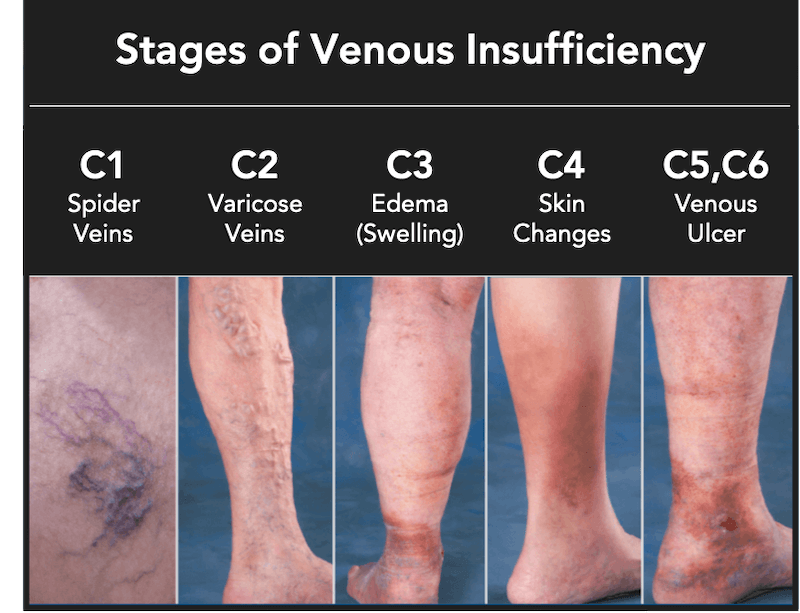Chronic Venous Insufficiency: Causes, Symptoms, and Treatment

Introduction
Chronic venous insufficiency (CVI) is a serious circulatory condition that affects a significant portion of the global population. It occurs when the veins cannot pump enough blood back to the heart, leading to various complications. As an increasing number of people experience this condition, understanding its causes, symptoms, and treatments has never been more critical for both patients and healthcare professionals.
What is Chronic Venous Insufficiency?
CVI is primarily caused by weakened or damaged valves in the veins, which are responsible for ensuring blood flows in the right direction. When these valves fail, blood can pool in the legs, leading to increased pressure and a range of symptoms.
Symptoms of Chronic Venous Insufficiency
Common symptoms of CVI include:
- Swelling in the legs and ankles
- Varicose veins
- Leg fatigue or heaviness
- Itching or pain in the affected areas
- Skin changes, such as discoloration or ulcer formation
These symptoms can significantly impact the quality of life and may worsen as the condition progresses.
Causes and Risk Factors
Several factors can contribute to the development of chronic venous insufficiency, including:
- Age: The risk increases with age as vein function deteriorates.
- Obesity: Excess weight puts additional pressure on the veins.
- Previous blood clots: History of deep vein thrombosis can damage veins.
- Family history: Genetic predisposition plays a role in CVI.
- Prolonged sitting or standing: Occupations that require long periods in one position can hinder blood flow.
Identifying these risk factors is crucial in preventive measures and early intervention.
Diagnosis and Treatment
Diagnosis typically involves a physical examination and may include imaging tests such as ultrasound. Treatment options vary depending on the severity of the condition and can include:
- Compression stockings: These provide graduated compression to improve blood flow.
- Medications: Drugs to manage symptoms or improve circulation.
- Endovenous thermal ablation: A minimally invasive procedure to close off affected veins.
- Vein ligation and stripping: Surgical options for severe cases.
Early diagnosis and treatment are essential for effectively managing CVI and preventing complications.
Conclusion
Chronic venous insufficiency is a prevalent yet often overlooked condition that can lead to serious complications if left untreated. Awareness about its causes, symptoms, and treatment options is vital for those affected and the healthcare community. As research progresses, more effective treatments and preventive strategies may become available, improving outcomes for individuals living with CVI.









